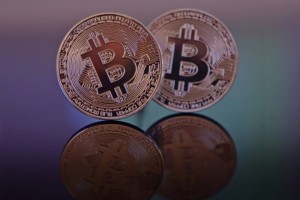 12, Nov
12, Nov
The Future of Finance?
Regulatory shifts, changes in financial architecture, the end of zero rates and technological innovation are changing the markets for deposits and credit, disrupting traditional business models. Banks can no longer rely on deposits as the cheap, reliable source of funding they once were. We think banks will further rein in lending, meaning companies are likely to turn to the capital markets, private lending and other non-traditional sources of credit. Fintech innovation in payments, digital currencies, tokenization of assets and AI are likely to play a key role in how the financial system, regulation and policy evolve – and who the likely winners will be.
Alex Brazier, Deputy Head of the BlackRock Investment Institute, delves more into what this shift will entail for banks, companies and investors in this episode of the The Bid podcast:
Tectonic shift
One aspect of the future of finance: there’s been a tectonic shift in the financial sector changing the markets for deposits and credit. We see these shifts benefiting savers, diversifying finance for borrowers, creating a more stable system and opening up potential investment opportunities.
More competitive market
Over the past 18 months, U.S. banks have seen deposits contract at an unprecedented pace. U.S. banks will need to adjust to a more competitive market for deposits. That’s good news for savers but means banks can no longer fund lending cheaply by paying depositors rates well below the Fed’s policy rate. We think this could further encourage companies to diversify their sources of finance.
In a more competitive market, we expect to see banks paying higher rates to their depositors. Some of that will be passed on through higher rates on loans they extend. Potential regulatory changes – partly in response to the 2023 banking turmoil – could reinforce this. We see the banking system consolidating and innovating.
Investment implications
As banks adjust to this new reality, non-bank sources of credit could become relatively more attractive to companies and more important as a source of financing for economic growth and job creation. This brings potential opportunities for investors, in our view.
These developments are examples of the broader aspects of an unfolding mega force. Activities that previously were packaged together in the same institutions, such as deposit-taking and lending in banks, can be unpacked. We see that unpacking evolving further as banks and other financial institutions innovate, regulation evolves and technology develops around payments, digital currencies, the tokenization of assets and artificial intelligence.




